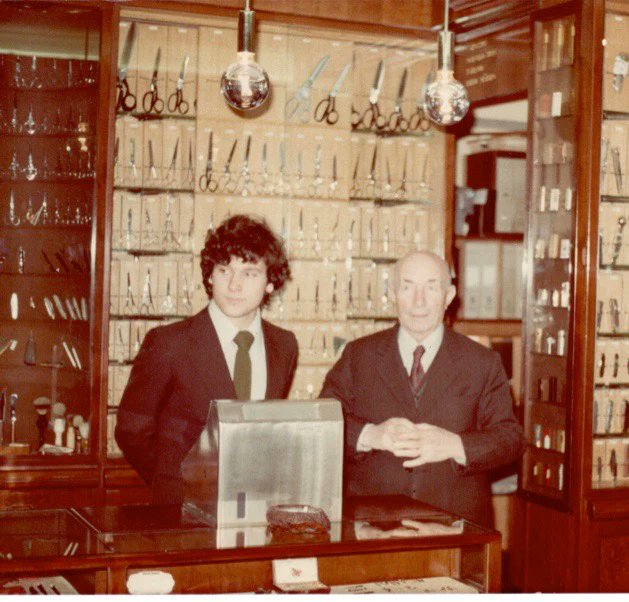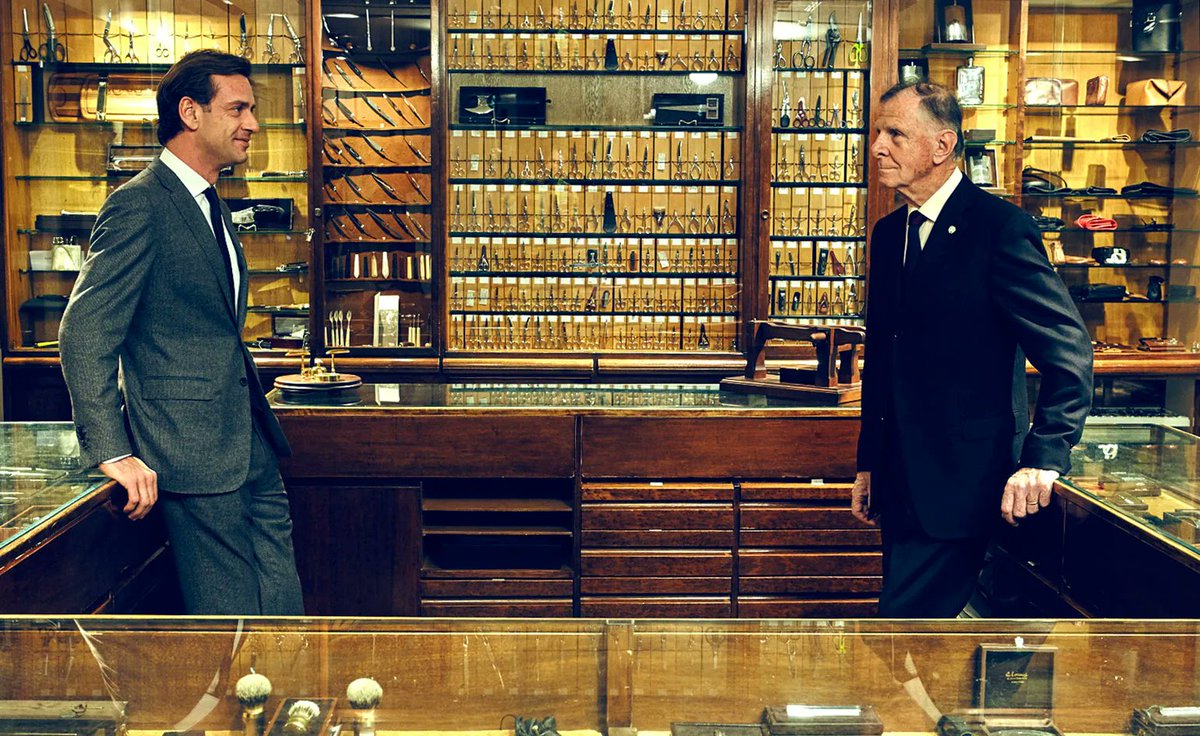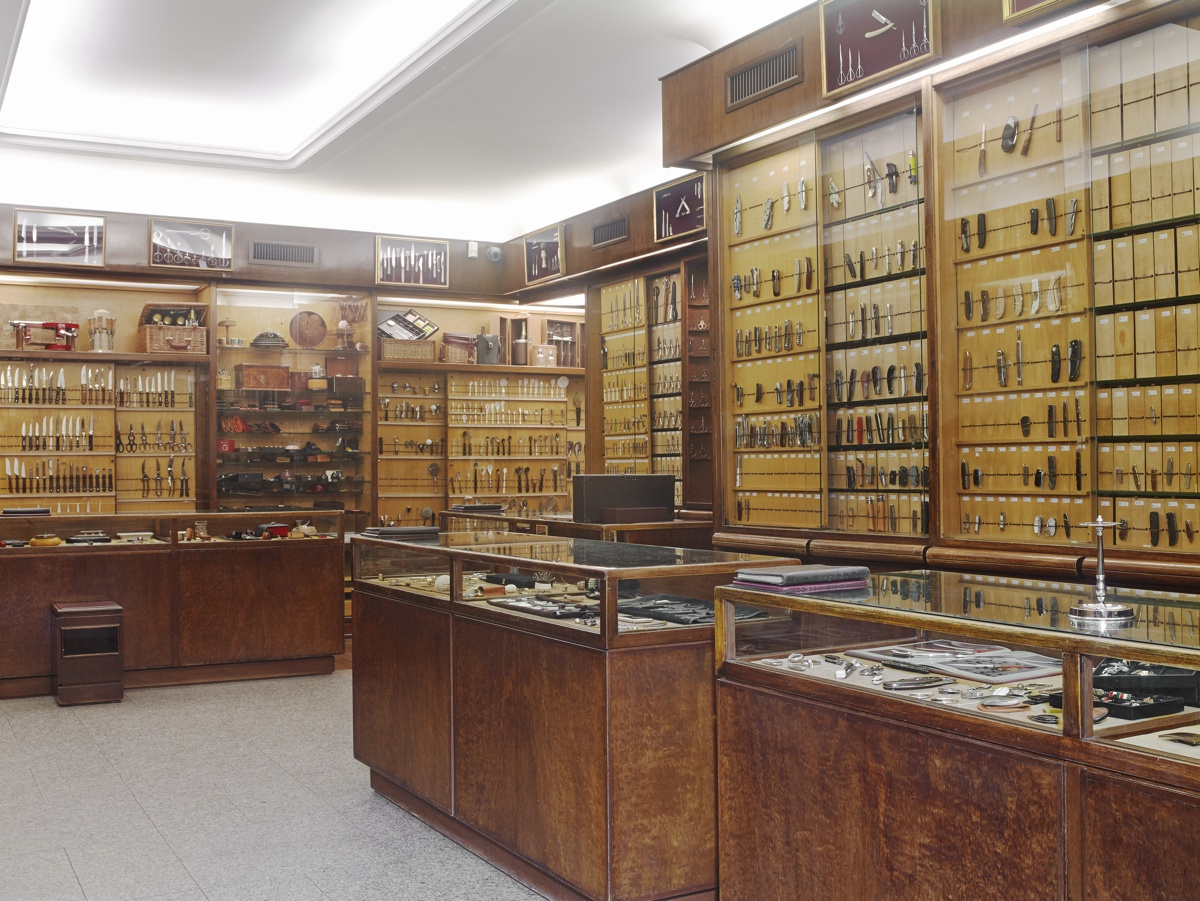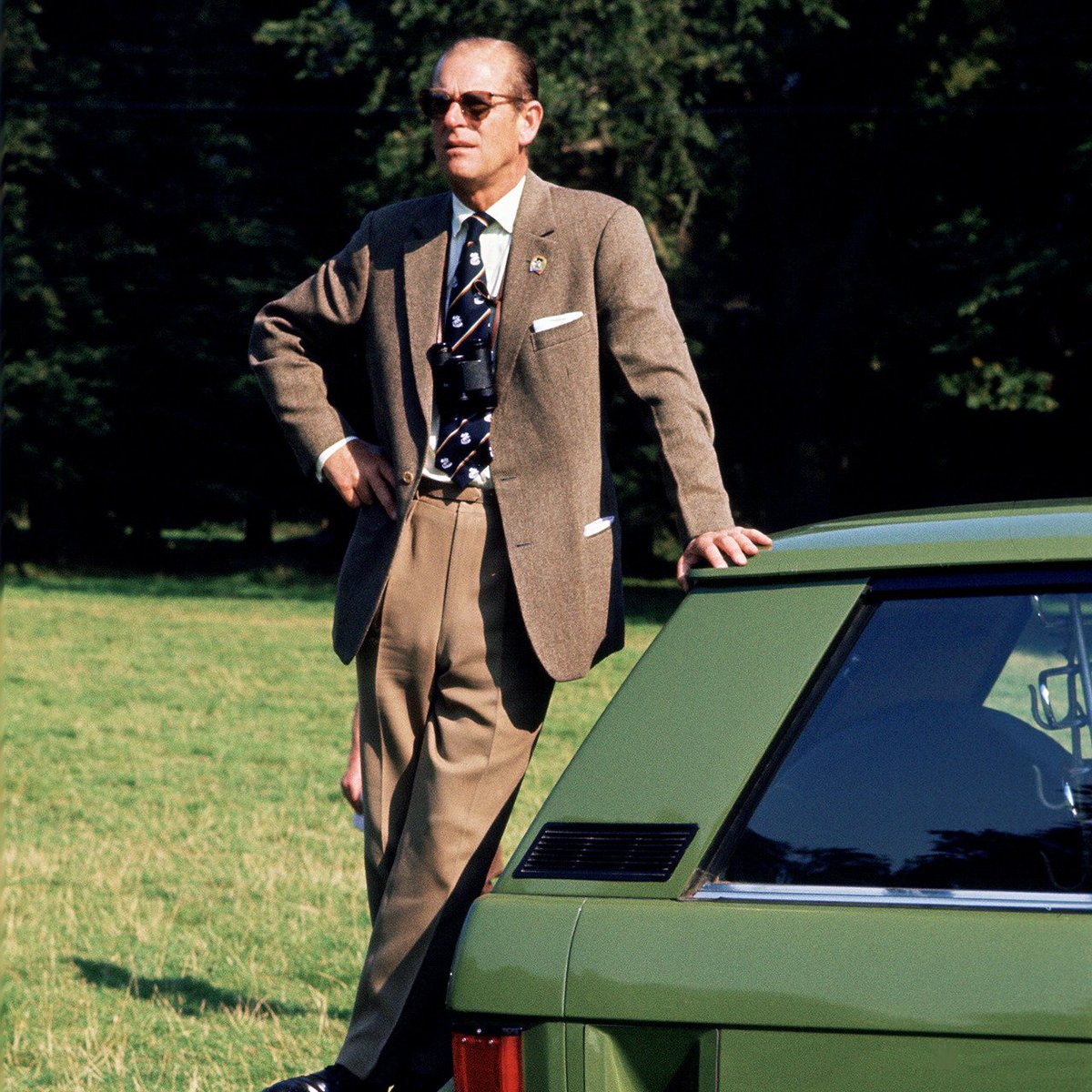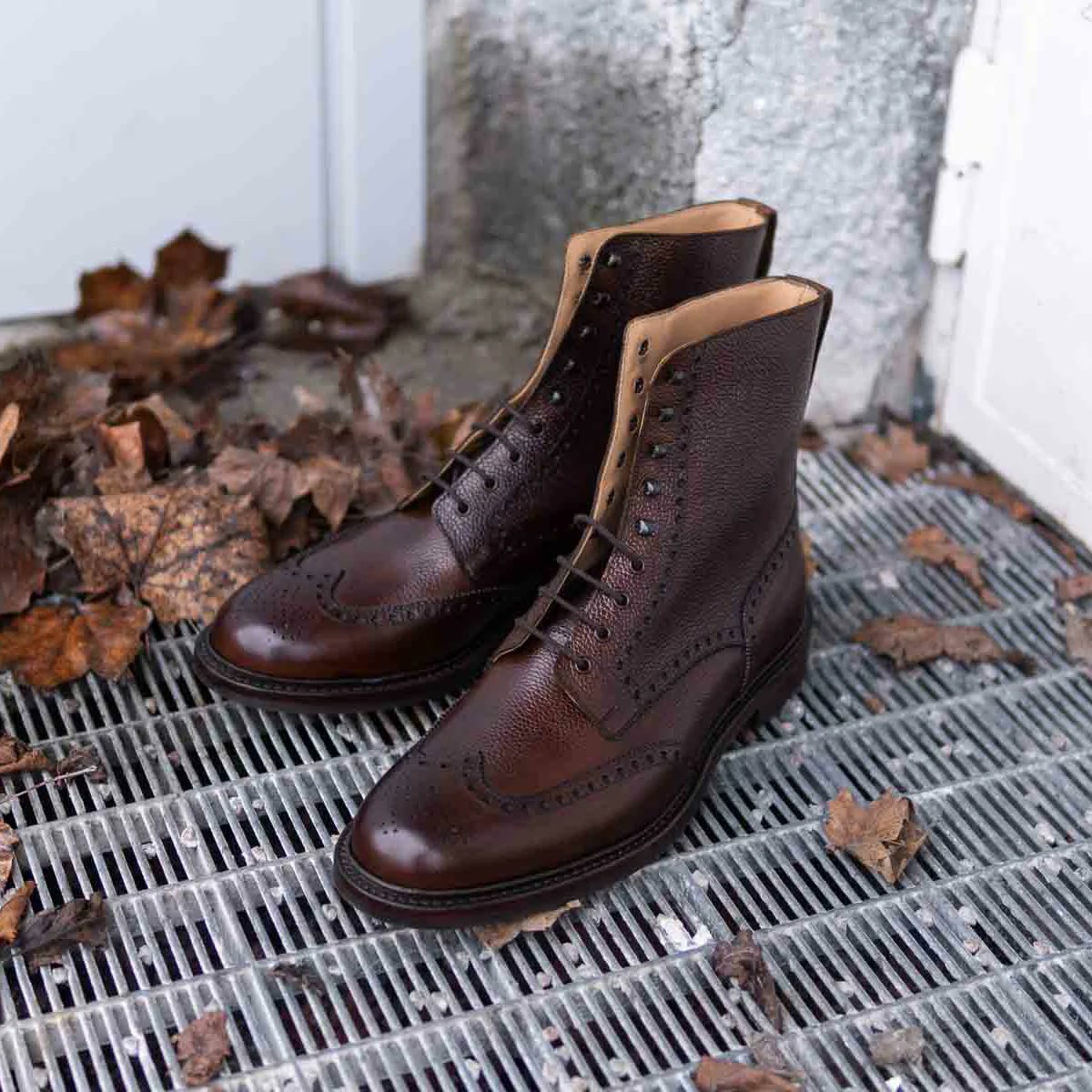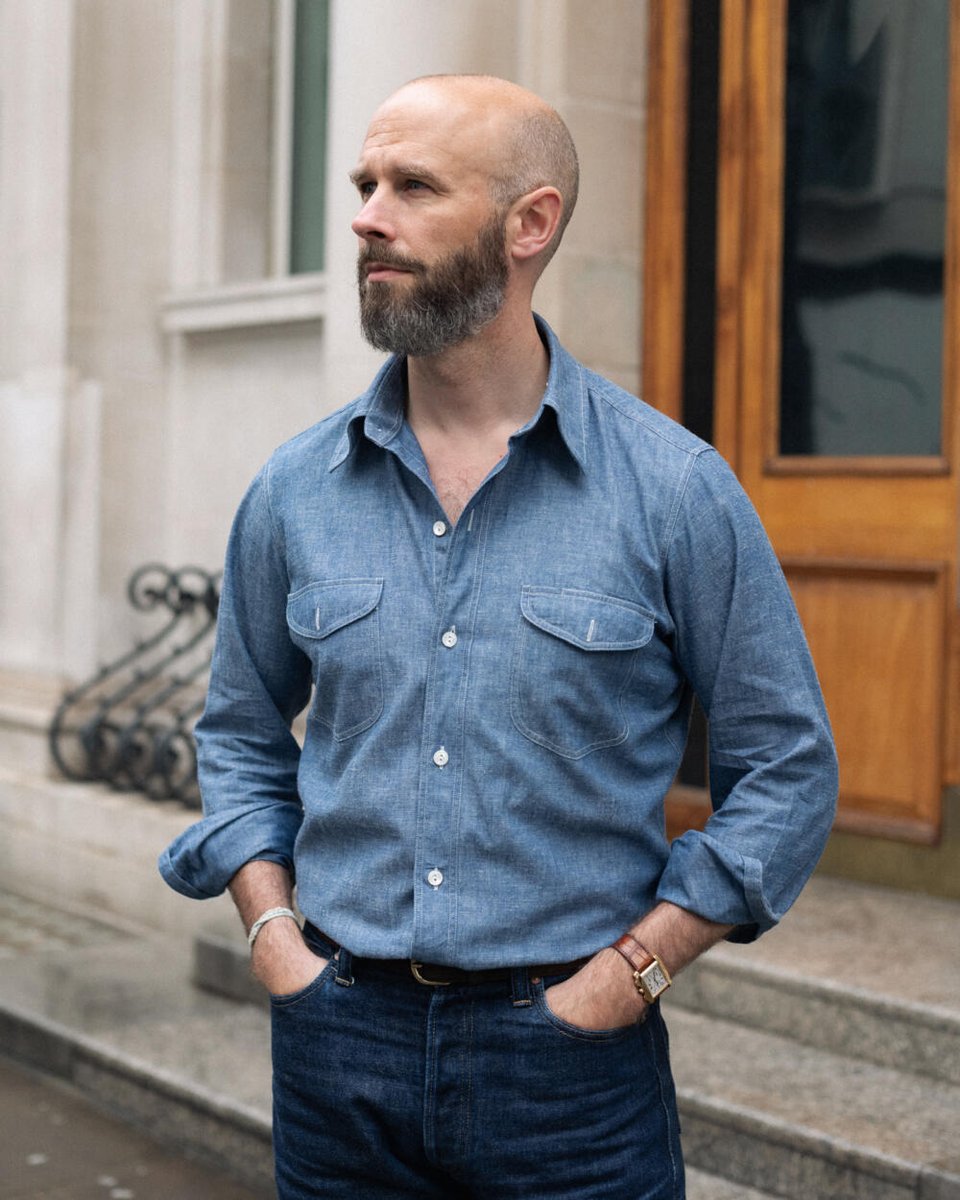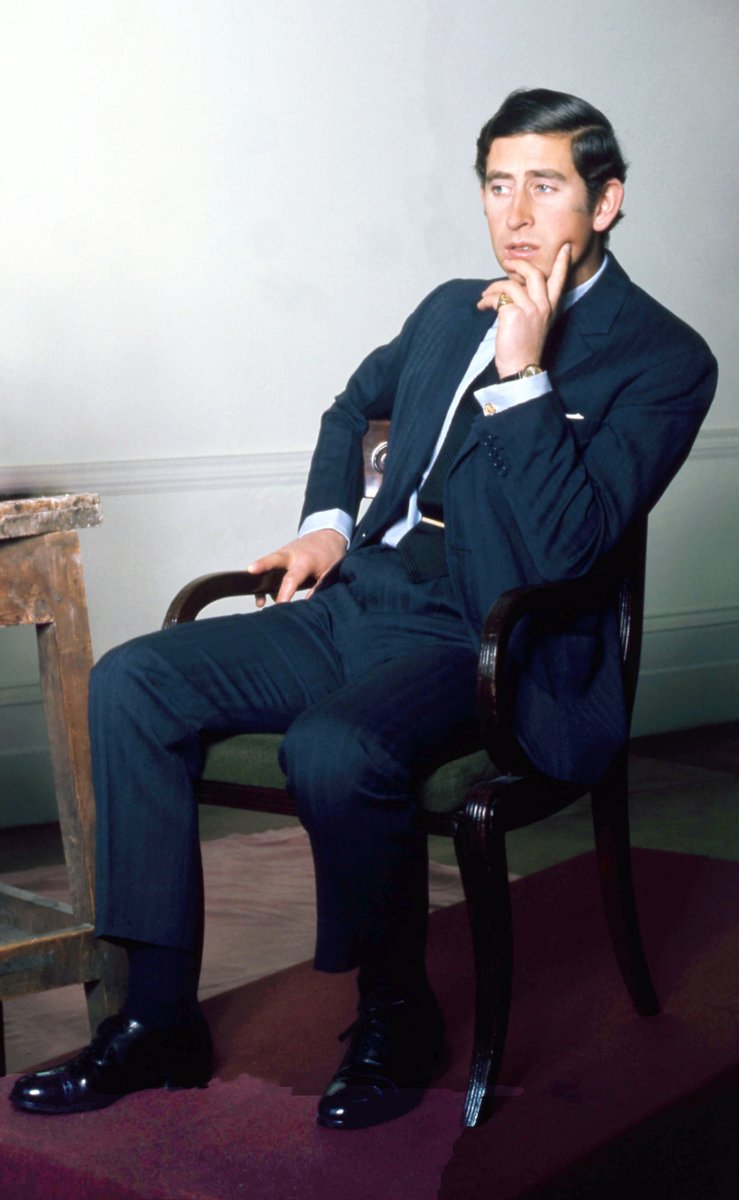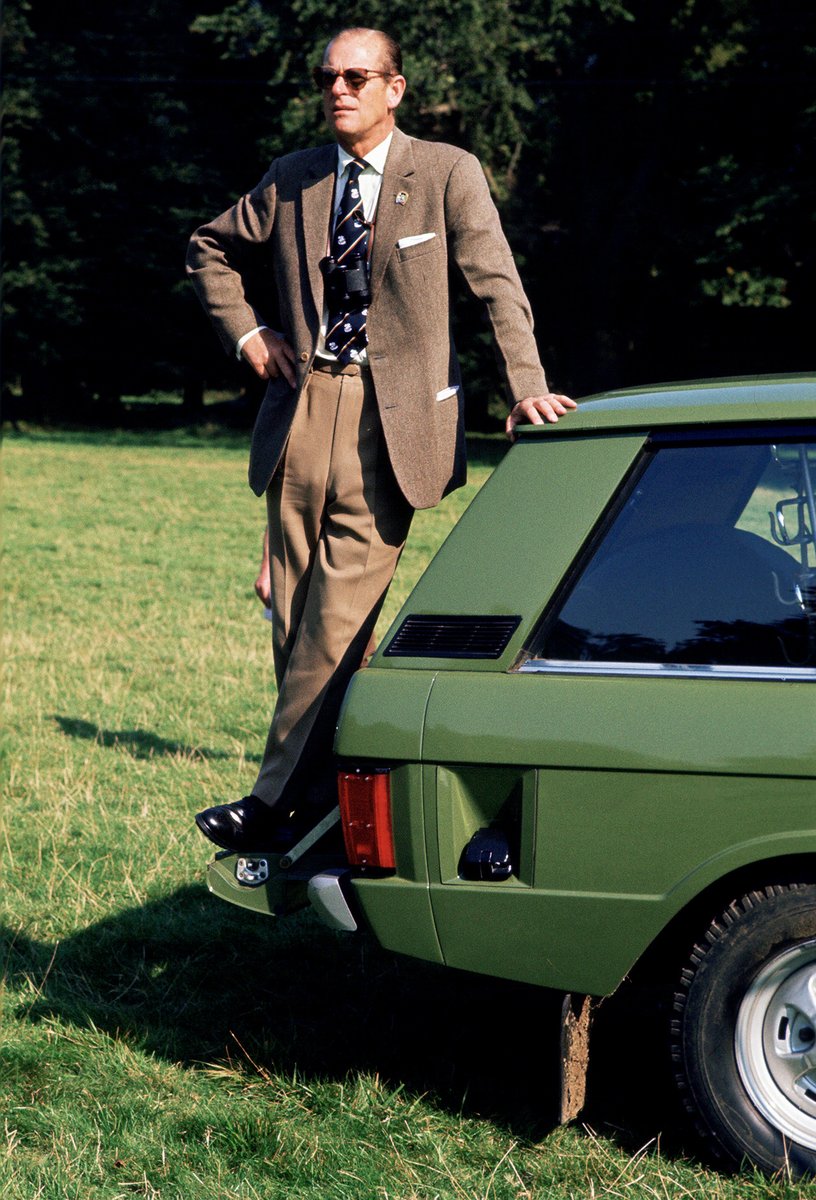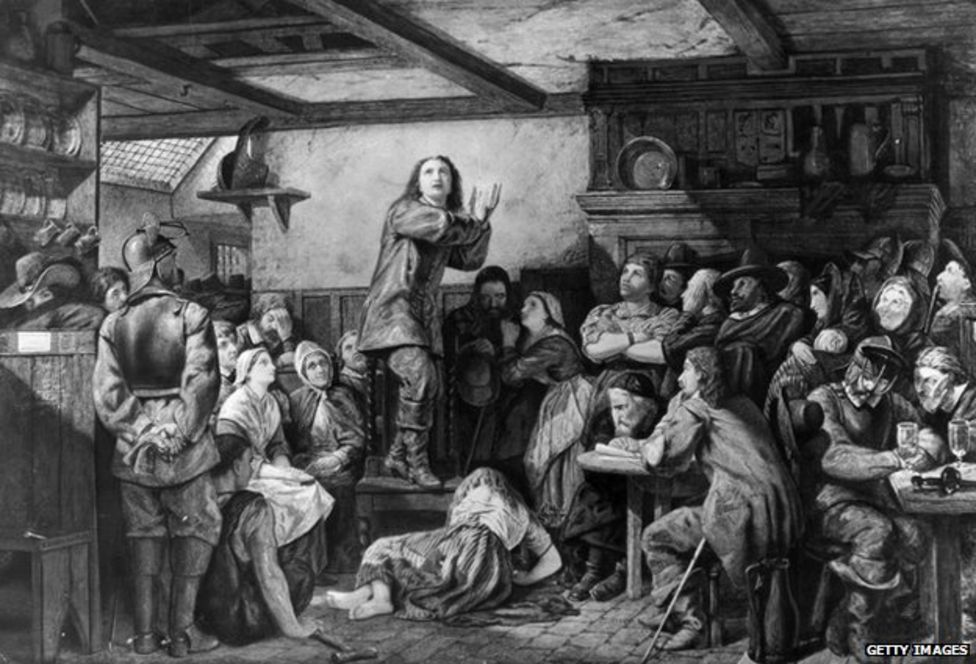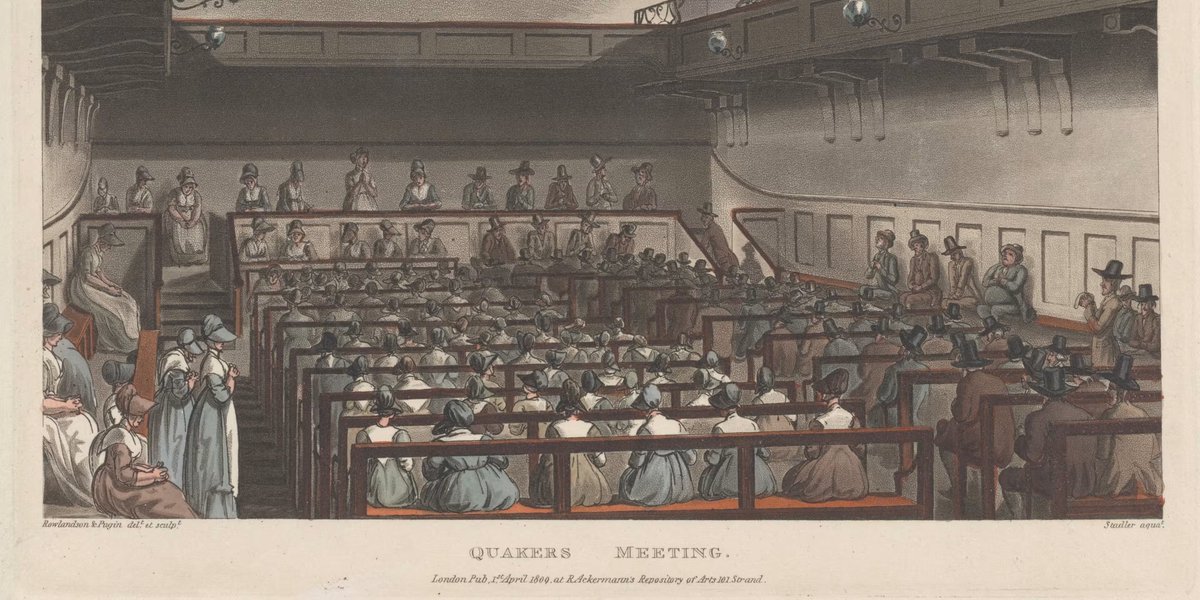I don't understand why the administration keeps saying that other countries pay our tariffs. This is simply not true even in the most optimistic scenario (e.g., a US importer negotiates something with their foreign partner). If the policy is good, why lie about it?
https://twitter.com/DerrickEvans4WV/status/1950319423455449364
The de minimis exemption has already been repealed for Chinese and Hong Kong imports, so you can test this yourself right now. Buy a Chinese-made item from an overseas shop. Ask them to declare everything accurately. See what happens when the item crosses the border.
I don't understand how this would reshore US manufacturing if it did not, in fact, punish US importers. That's the whole point! The entire point is to make it painful to buy foreign items, including the *inputs* ultimately used to make US-made products.
• • •
Missing some Tweet in this thread? You can try to
force a refresh


